Why do you need a Wet Palette?
An Introduction to the Wet Palette
Why do you need a wet palette? If you are new to miniature painting, you may or may not already possess some form of palette. Or perhaps you bought a shaped plastic one, or did what most people do: found an old piece of plastic to use, grabbed a folded square of kitchen paper, or dug a tile out from the shed. These will be sufficient to meet your needs as an absolute beginner. But there will come a time in your hobbying career when your homemade palette will no longer be fit for purpose. And you will need something that helps you unlock new ways of painting and that supports your progress through your hobby. So, why do you need a proper wet palette for miniature painting?Acrylics and You
But before getting into what a wet palette is, it is important to understand how acrylic paints work. So, let’s start at the beginning. As a hobbyist, the vast majority of paints you use are acrylic. Acrylic paint is a water-based paint made of water, acrylic resin, medium, binder, and pigments. And the drying process is in two steps: first, the water in the paint evaporates. And then, acrylic starts a chemical process called polymerization, resulting in a continuous flexible film of plastic! Your paint can dry either very quickly, or very slowly. It depends on the amount of water, the composition of the paint, and/or the temperature of the room.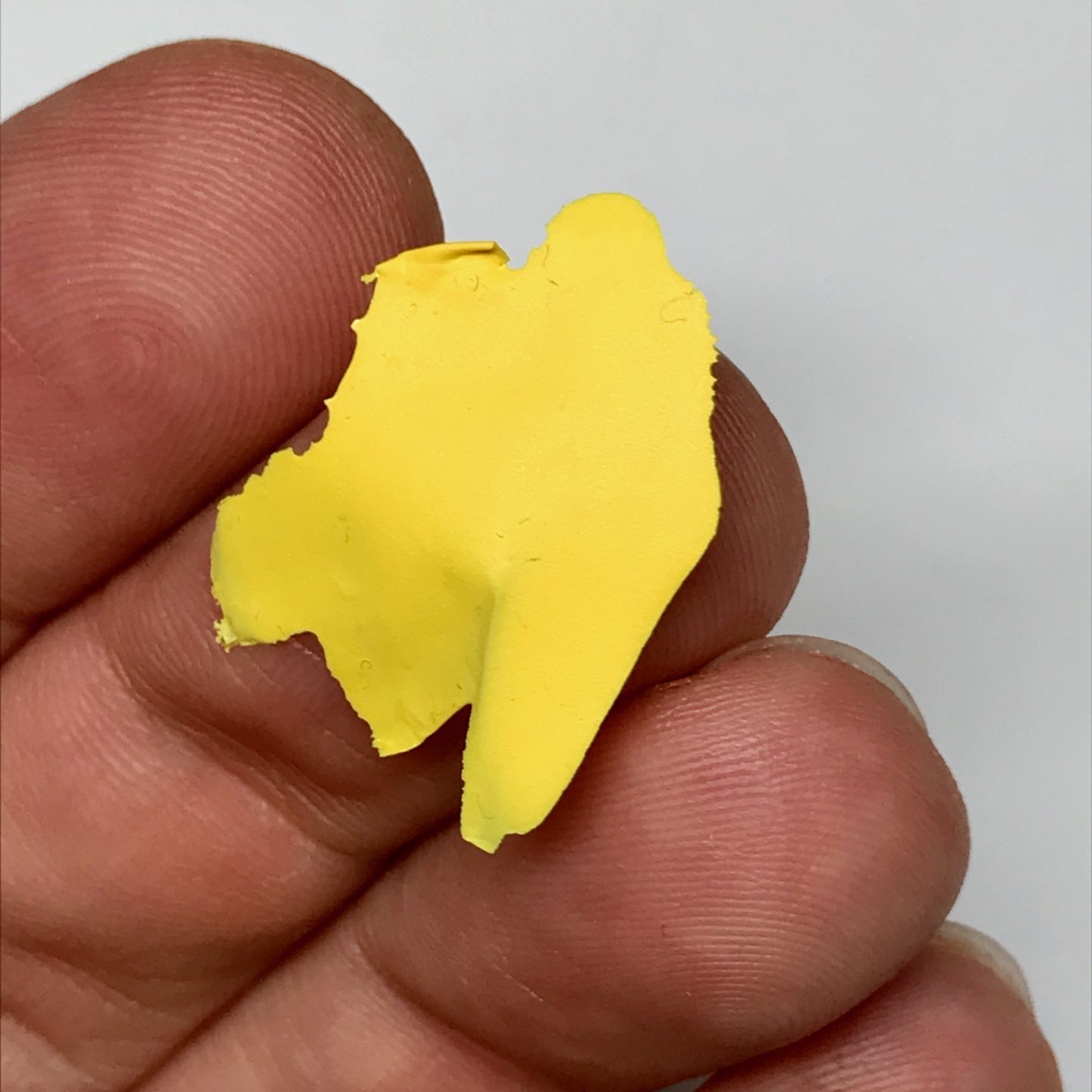
The Wet Palette: What and Why
Because acrylic paints dry so fast, using a wet palette ensures your acrylics remain hydrated before they are applied to your figures. The basic science behind a wet palette is that a layer of absorbent material both holds and gradually delivers moisture onto a piece of material which can be hydrated by water, yet is not so porous as to risk flooding your paints. And thus your paint is being hydrated, and it won’t dry out ahead of time. And it also means that you can safely paint in a warm room without fear of your paints going hard on the palette. But a lot of people will make home-made wet palettes using a takeaway pot. They will pack it with a few sheets of kitchen towel, and then a layer of baking parchment. By adding a little water to the base of the tub, the kitchen paper will soak up and hold the fluid and slowly deliver it to the sheet of parchment on top of it. Simple.
Pros and cons of a home made wet palette
But the good thing about home-made wet palettes is that they are cheap. You’ll have probably everything you need in your home already. But home-made wet palettes come with a lot of downsides. And they are heinously unreliable and their components are not designed to be turned into a wet palette. And also, they can be very fragile and spoil quickly, and whilst they might keep your paints wet for a short time, they aren’t going to have the longevity of a made-for-purpose wet palette.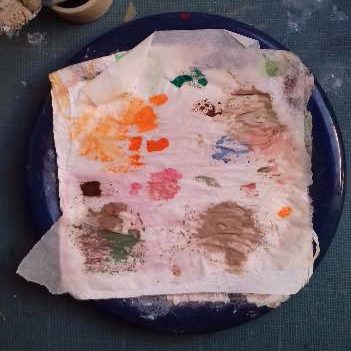
Why is it an Essential Tool for Miniature Painting?
With your paints remaining wet longer, you will be able to start mastering more advanced painting techniques. The foremost amongst which is blending. You can mix paints and keep them wet for longer. And this means you will be able to access more colour shades and smoothly transition from one colour to the next. Doing so means that the color transitions across your figures are smooth and realistic.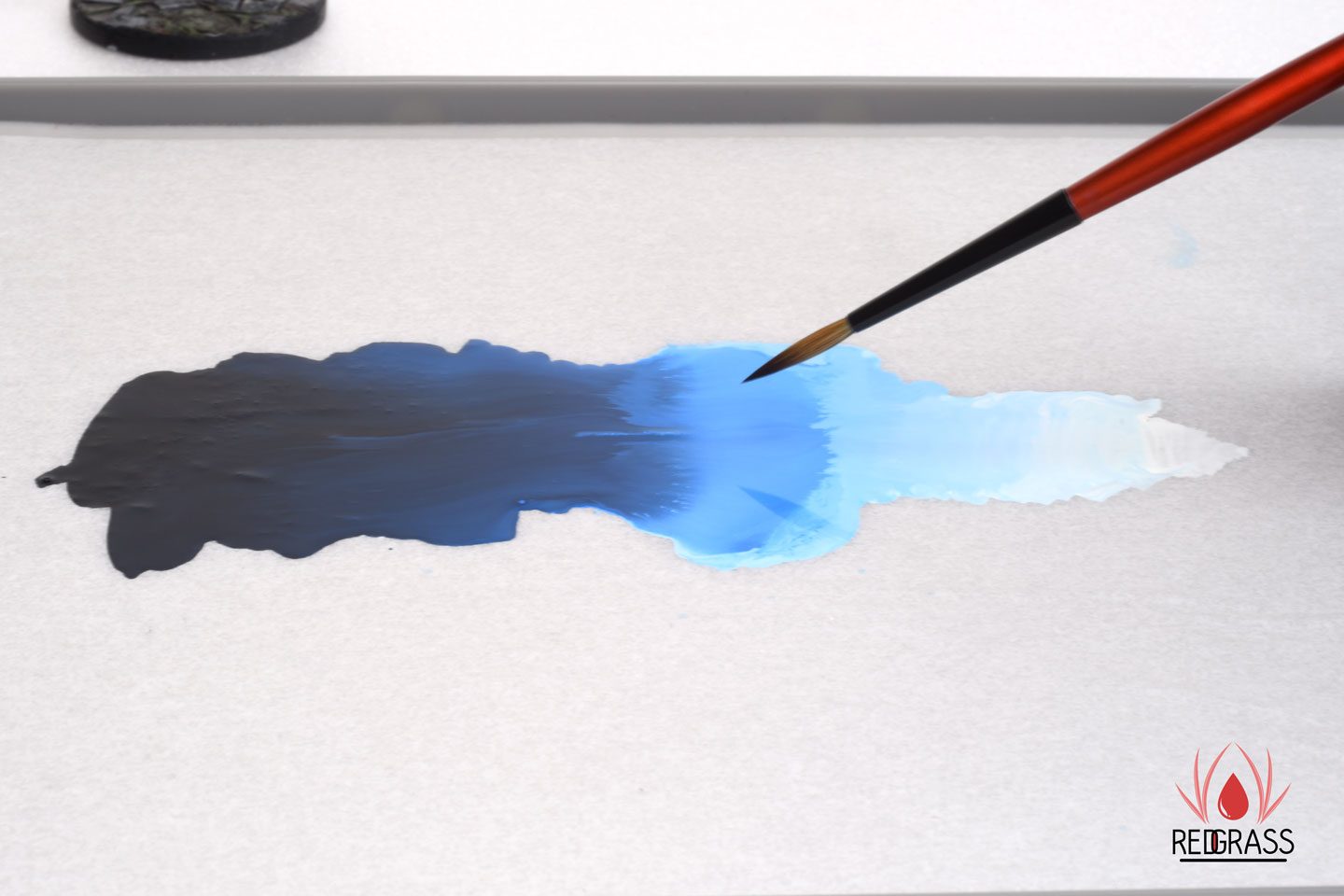

RedgrassGames’ Everlasting Wet Palettes: Painter and Studio XL
But your homemade wet palette is not a long-term solution because there are so many ways making your own wet palette can go wrong. So RedgrassGames have taken the science of the wet palette and perfected it, so you don’t have to.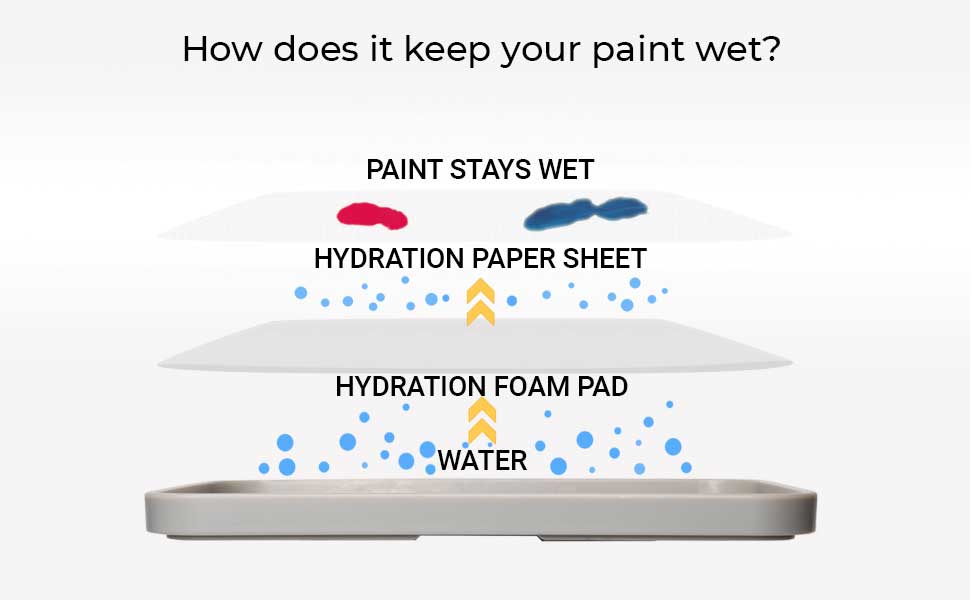
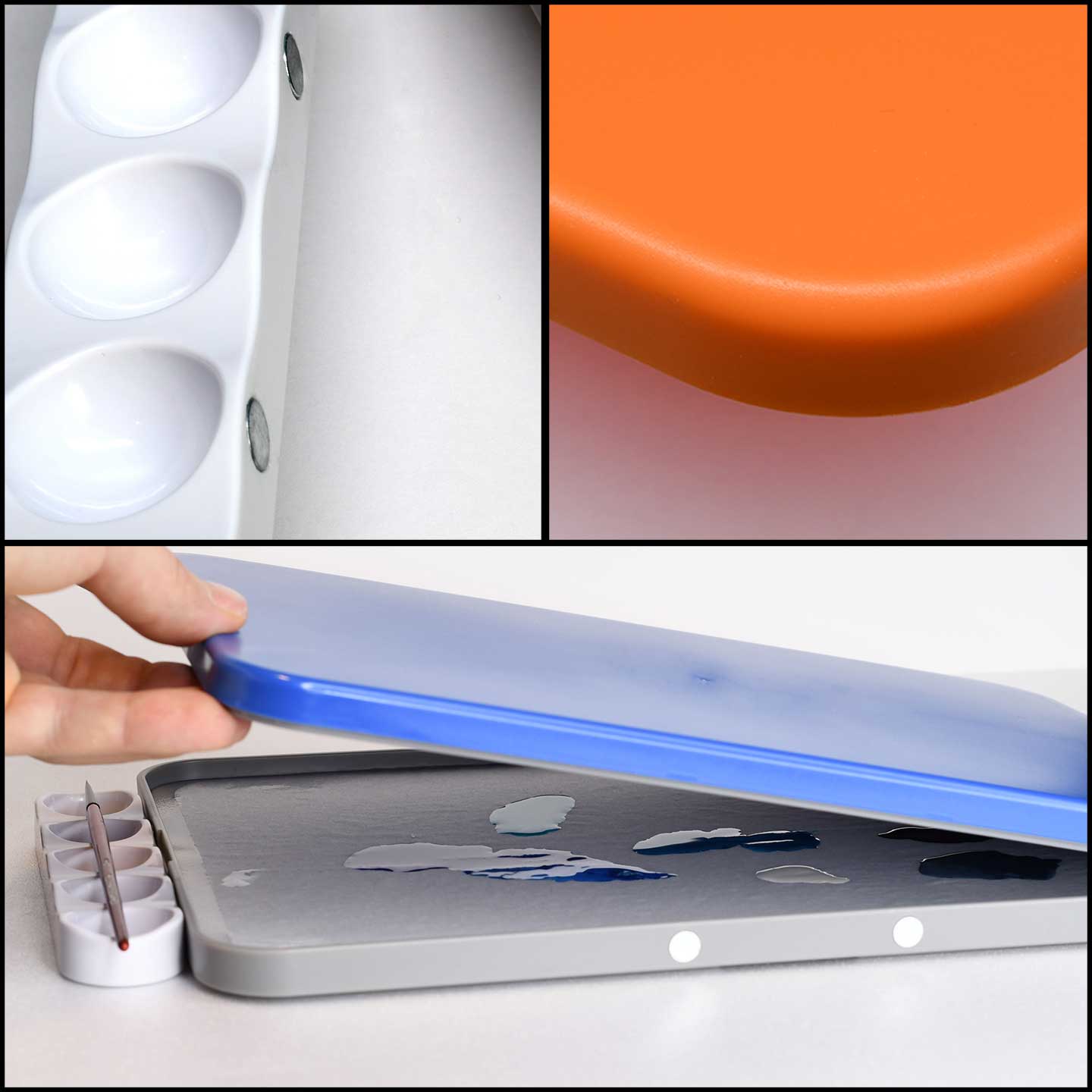
WHICH WET PALETTE IS MADE FOR YOU?


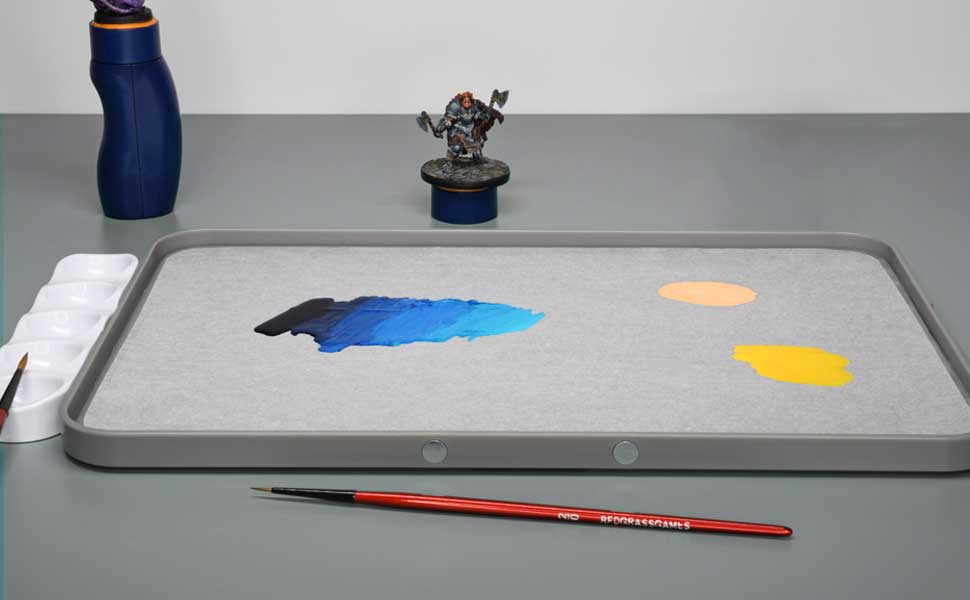
Are you still wondering if Redgrassgames’ wet palettes are right for you? Then you should check out this independent review!
